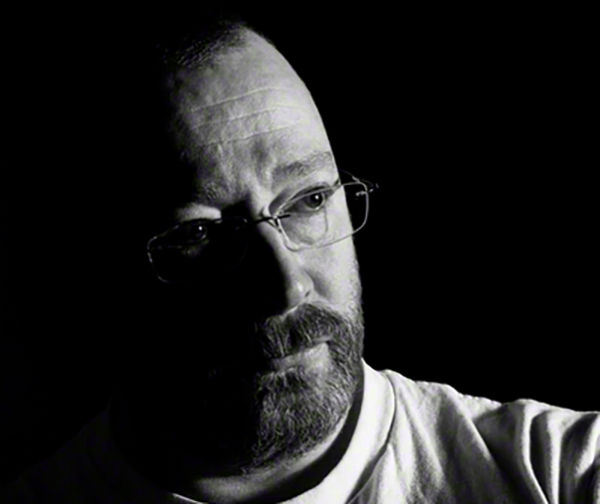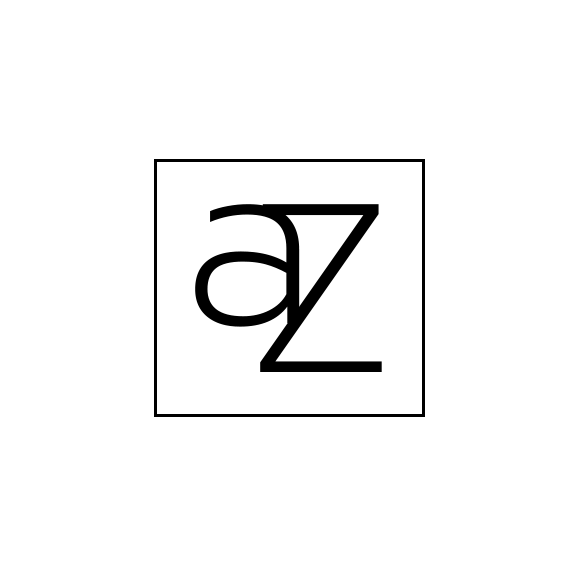Artwork by Alain Zarinelli
Each image may be purchased as a canvas print, framed print, metal print, and more! Every purchase comes with a 30-day money-back guarantee.

October 2023 Dead Horse Point Sunrise by Alain Zarinelli

September 2023 Balanced Rock by Alain Zarinelli

August 2023 Stormclouds over Capital Reef by Alain Zarinelli

July 2023 At the Lake by Alain Zarinelli

June 2023 Porphyry Gulch Afternoon by Alain Zarinelli

May 2023 Bridal Veil Falls by Alain Zarinelli

April 2023 Muley Point Pano by Alain Zarinelli

March 2023 Teepee Sunrise by Alain Zarinelli

February 2023 Stairway to Heaven by Alain Zarinelli

January 2023 Wilson Arch by Alain Zarinelli

December 2022 Bryce Canyon Detail by Alain Zarinelli

November 2022 Goose Neck Bend by Alain Zarinelli

October 2022 Fading Away by Alain Zarinelli

September 2022 Monument Valley Sunset by Alain Zarinelli

August 2022 Lake Powell Sunrise by Alain Zarinelli

July 2022 Mitten by Alain Zarinelli

June 2022 Haunted House 2 by Alain Zarinelli

May 2022 Haunted House 1 by Alain Zarinelli

April 2022 Silo by Alain Zarinelli

March 2022 Muley Point Sunset by Alain Zarinelli

February 2022 On the Rocks by Alain Zarinelli

January 2022 Monument Valley by Alain Zarinelli

December 2021 Tree and Obelisk - Re-Edit by Alain Zarinelli

November 2021 Dead Horse Point Bend by Alain Zarinelli
Displaying: 1 - 24 of 70
About
 I was born in Luxembourg, Europe. After secondary school and a baccalaureat at "Lycee Hubert Clement, I moved to Zurich, Switzerland to attend university at the "Eidgenoessische Technische Hochschule Zuerich," (ETH.)
I was born in Luxembourg, Europe. After secondary school and a baccalaureat at "Lycee Hubert Clement, I moved to Zurich, Switzerland to attend university at the "Eidgenoessische Technische Hochschule Zuerich," (ETH.)
While my main interest in school has been the sciences (my degree is MSc ETH in theoretical physics,) at an early age I started to feel something missing - the 'yang' to my scientific 'yin,' so to speak. That is when I grabbed a camera with some lenses, and chose to make photographs (ca. 1979.)
I decided to put my photographic emphasis on composition and artistic interpretation of the landscape, inspired by painters like van Gogh, Monet, Renoir, or Czanne, as well as Botticelli, Caravaccio, da Vinci, Michelangelo, Raphael, and Rembrandt. Photographically, artists like Alfred Stieglitz, Edward Steichen, Ansel Adams, and contemporarily, Michael Reichmann, and Alain Briot inspire me.
My ultimate goal is to create a fine art print, i.e. an image that is both artistically inspired and technically excellent. Either one or the other is not enough. I strive to capture each photograph technically correct in camera, focusing on composition, light, and what I felt at the moment of capture. For me, a work of art is primarily the product of a person, not of a machine. For this reason, a documentary photograph (a photograph printed straight from the original capture) is unsatisfying: such a print represents the output of my camera, rather than the expression of my emotions and artistic interpretation.
As a photographer, (outside of composition, and, to a smaller degree, light through my choice of time of day,) I have very little control over the artistic aspects of my work during image capture. To satisfy my creativity I need to work on my photographs after capture. For me, the creative aspect of photography starts after the image has been recorded. Using modern tools, like Adobe Lightroom or Photoshop, I infuse the image with the emotional content I experienced while being at the location where I made the capture: I adjust the global color balance and contrast of the image to my taste; I then focus on individual colors and work towards adjusting them to the exact tonalities I desire. Similarly, I adjust contrast so it reflects the feeling of open, glowing light, or of deep, mysterious shadows, according to my memories (of the feel) of the original scene.
On the level of image composition, I routinely collage multiple captures into a single image, representing time as well as space. Because the different images that compose the final work are taken over a span of time (from a few minutes to several hours,) the resulting collage shows the variation of light, movement of clouds, and the changes in other non-static elements that took place during the time required to complete the image captures.
I also clone elements that I deem unnecessary or unaesthetic: either natural features that I could not modify in the original scene, or elements that I did not notice as being troublesome when I took the original captures for example branches or twigs intruding into the borders of the image, textures whose patterns are incomplete or visually unsatisfying and any other unwanted element.
The collage process often results in areas of the image being left blank. This is because as the collage process unfolds, the image is warped and stretched into a specific visual projection. Sometimes the goal is to project the image without any distortion, sometimes it is to induce distortion purposefully to reinforce a specific pattern in the image, like a sweeping curve, or a specific visual rhythm.
This process results in an image that rarely fits into a rectangular format. Rather, the image ends up having rounded corners, and areas are routinely left as "blank canvas" space, which I fill with details and patterns cloned from other areas of the image. This process is similar to painting: I add color and patterns through my imagination of what could have existed in locations where there is currently nothing. In other words, I invent photographic information, I create part of the image from my own inspiration, with the goal of expressing the emotions and the vision that I had while I took the original captures.
Because of this cloning and "image painting" process, cropping is frequently necessary to eliminate unwanted areas and/or give straight borders to the image, resulting in a final image format quite different from the original capture format: it is arrived upon because of the needs of the image, not because of the desire to use a specific format.
On occasion, the image format I arrive at is unsatisfactory: in these situations, I stretch and/or skew the image digitally to give it proportions that represent my vision: this stretching may be moderate or extensive, depending on the needs of the image.



